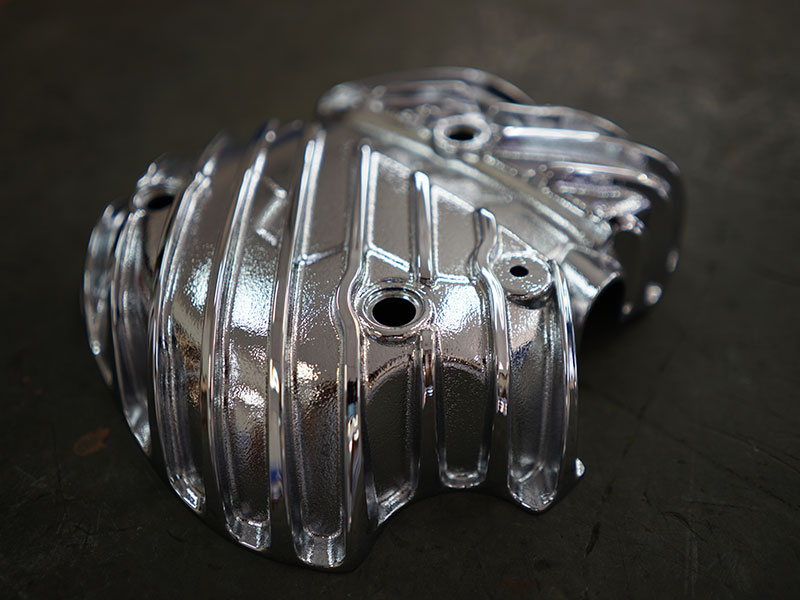
One of the key advantages of diecasting is the capability to create parts that have tight tolerances and excellent quality surface finishes. This is essential for industries like automotive, aerospace, and electronics, in which even tiny modifications can impact performance or aesthetics. Diecast components often require minimal post-processing to reduce production time and also lowering costs. Whether it's intricate engine components for cars or light aerostructure parts diecasting can provide unbeatable accuracy and efficacy.
Furthermore, die casting gives incredible material flexibility, allowing the widest range of alloys and metals that can meet various application requirements. Aluminum, zinc, as well as magnesium alloys, are commonly utilized due to their excellent mechanical properties, lightness, and recyclability. Every material has its own unique attributes that are admired by the public, including aluminum for its strength-to-weight ratio that is high and anti-corrosion properties, zinc renowned for the excellent stability of its dimensional properties, and magnesium due to its remarkable strength and stiffness. This versatility empowers manufacturers to select the optimal material for their requirements, whether it's for parts for automobiles, consumer electronics, or industrial machinery.
The advantages of diecasting can be numerous, which makes it the most preferred choice of manufacturers seeking high-quality, cost-effective production options. One of the primary advantages lies in the impeccable quality of the casting. The ability to replicate intricate details consistently, coupled with minimal post-processing requirements, streamlines production cycles and reduces overall costs. Additionally, diecasting provides exceptional mechanical properties that provide elements with superior toughness and durability that are essential for demanding tasks. To get new information please look at https://www.senadiecasting.com.my/

Diecasting's flexibility extends beyond simple reproduction of shape; it also encompasses the full range of possibilities for finishing to satisfy a range of aesthetic and practical requirements. From electroplating to powder coating or anodizing and painting diecast components can undergo various treatment options to improve the resistance to corrosion, enhance appearance or provide specific features. It is this flexibility that ensures diecast parts don't just conform to the technical requirements but also match with design and branding requirements.
However, despite its many benefits diecasting doesn't come without challenges. Costs for initial tooling could be significant, particularly for complex molds or specialized alloys. Additionally, achieving consistency in quality demands meticulous process control and monitoring to eliminate defects like the shrinkage of porosity or surface imperfections. However, advancements in technology like computer-generated simulations and monitoring systems that are real-time, have helped mitigate these challenges and allow manufacturers to reach better efficiency and quality assurance.